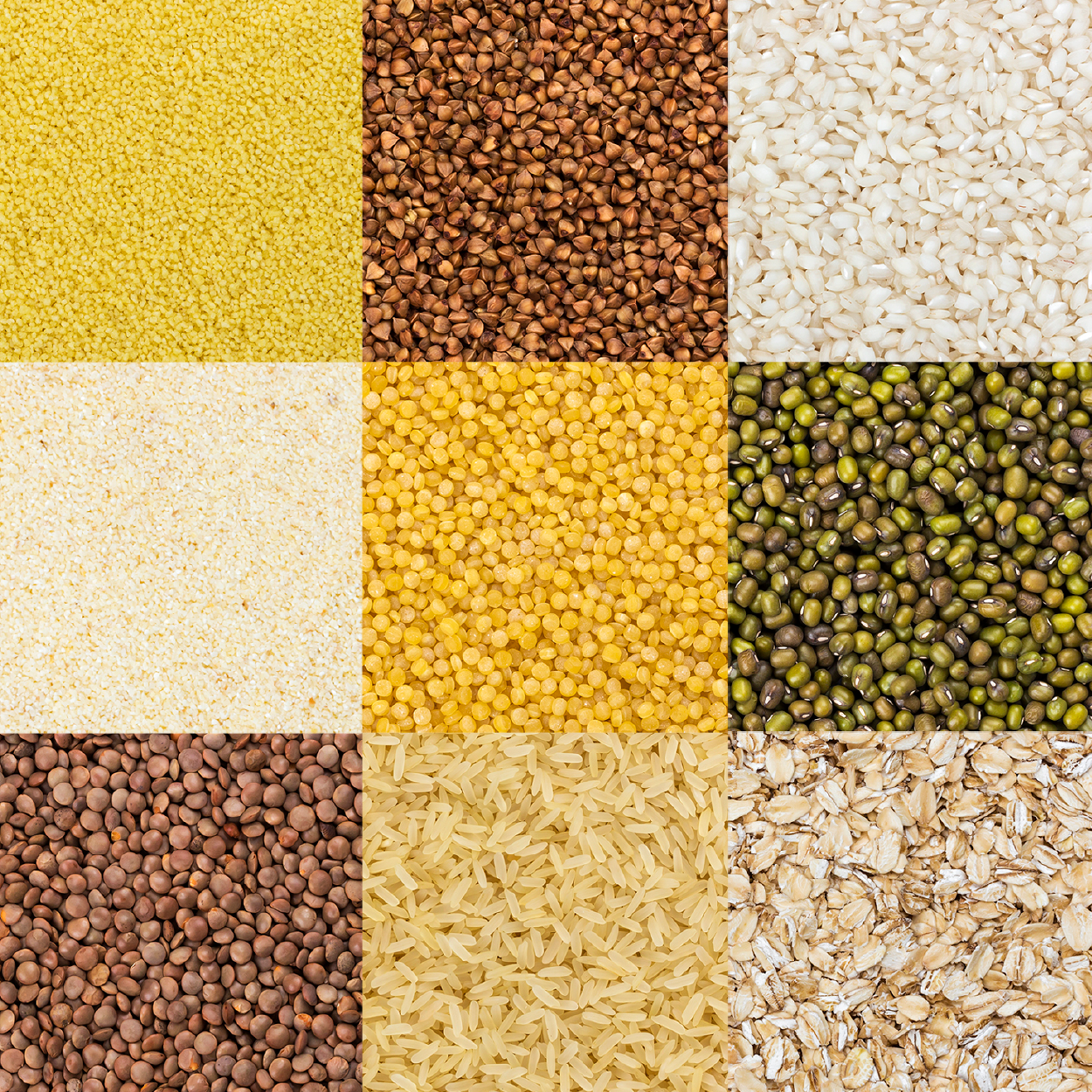— Dawn M. Sweet, Ph.D.
Whole grains and fiber can reduce Type 2 diabetes risk.
Whole grain foods are high in fiber and antioxidants and have broadly been recognized as an important component of a healthy diet.1 Diets that include whole grains have the potential for weight loss, fostering negative energy balance, and increasing sensitivity to insulin.2 Foods that are rich in dietary fiber have been found to reduce glycated hemoglobin levels, improve diurnal blood glucose, and cholesterol for patients with diabetes. Consuming increased amounts of whole grain foods, which are higher in fiber, has been found to lower one’s risk for Type 2 diabetes.3
The Relationship between Fiber and Glycemic Control, Blood Lipids and Body Weight
A recent meta-analysis3 investigated the role of fiber in managing diabetes. Specifically, this review considered whether dietary fiber could improve glycemic control in Type 1 and Type 2 diabetes and prediabetes as well as positively affect cholesterol, triglycerides, body weight, body mass index, waist circumference, and fasting insulin. Forty-four studies were included in the meta-analyses.
Of the 44 studies, 33 looked at the relationship between fiber intake and glycemic control. Irrespective of the amount of fiber prescribed, the HbA1c improved for participants in the fiber-intervention group, with a mean difference of -2.00 mmol/mol. Fasting glucose also improved with an increased intake of fiber, with a mean difference -0.56. When the trials included in the meta-analysis controlled the weight of participants, the HbA1c reduction was greater than in trials that did not control participants weight, with a mean difference of -2.67 mmol/mol compared to 1.6 mmol/mol.
In the 27 controlled trials included, an increase fiber intake was correlated with reductions in total cholesterol, LDL cholesterol, and triglycerides. With respect to total cholesterol, results suggest that the improvements are dose dependent, with higher fiber intake resulting in greater reductions in total cholesterol. Increasing fiber also resulted in body weight reductions, BMI, and waist circumference. Results from this meta-analysis suggest that increasing dietary fiber in patients with diabetes can positively affect glycemic control, body weight, BMI, and total cholesterol, thereby reducing their risk for adverse health events.
Whole Grains, Fiber and Diabetes
Increasing one’s daily intake of whole grains is also believed to be associated with lower risk of Type 2 diabetes.2 As part of the Nurses’ Health Study2, individual whole grain food consumption was investigated. Results suggest that diets that included a higher total whole grain consumption were consistently associated with a lower risk for Type 2 diabetes, once BMI, dietary, and lifestyle risk factors of diabetes were adjusted for. When compared with lowest whole grain intake group, typically eaten whole grain food such as whole grain breakfast cereal, oatmeal, dark bread, brown rice, added bran, and wheat germ were significantly associated with a lower risk of Type 2 diabetes. In addition, there is evidence to suggest that dietary changes such as increasing fiber with an increased intake of whole grain can reduce known risk factors of diabetes. For patients with obesity and diabetes, increasing fiber and whole grains as part of a Low Calorie Diet (LCD) could yield positive results.
Sources:
1 Healthy eating for a healthy weight
3 Dietary fiber and whole grains in diabetes management: Systematic review and meta-analyses
About the Author: Dr. Dawn M. Sweet has over 20 years of experience in the field of communication. Sweet has given several invited talks to and workshops for academic and private sector audiences on the role of nonverbal and verbal communication in achieving positive outcomes and mitigating bias. Her research has been published in several top ranked peer-review journals, and it has been featured on NPR’s River to River / All Things Considered, Buzzfeed, and Science Daily. Her research has also been used to inform expert testimony.




